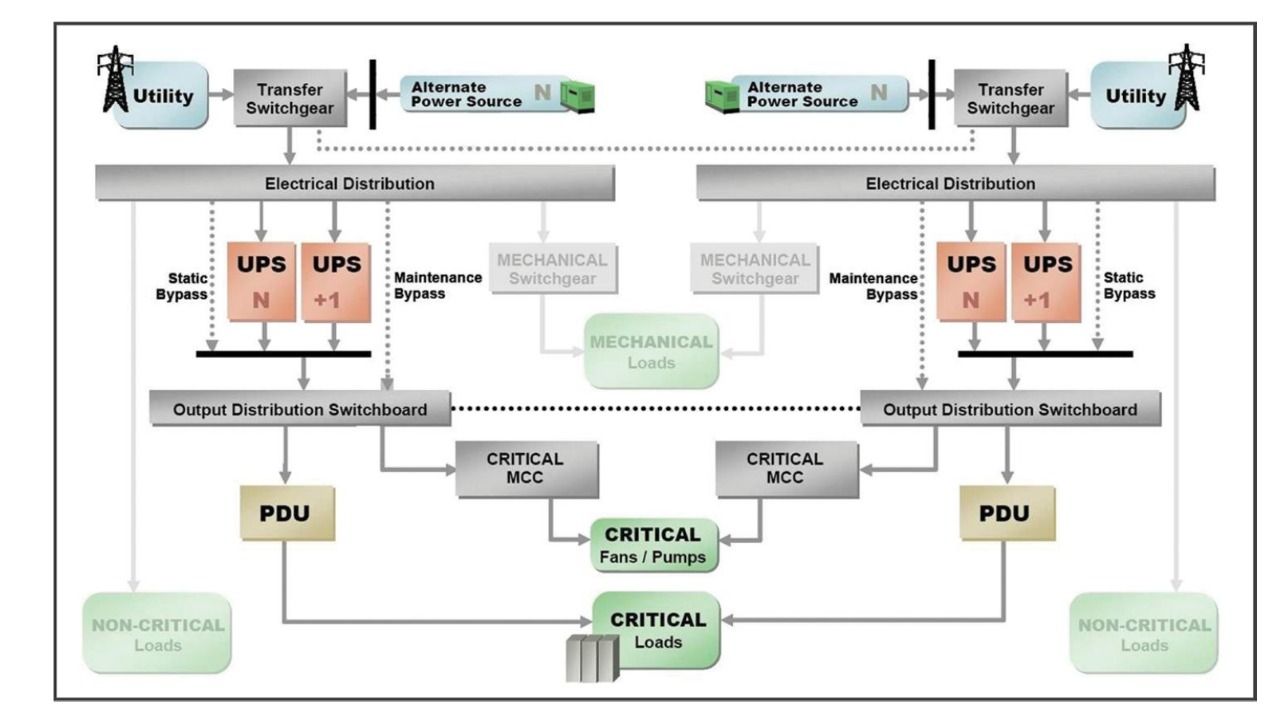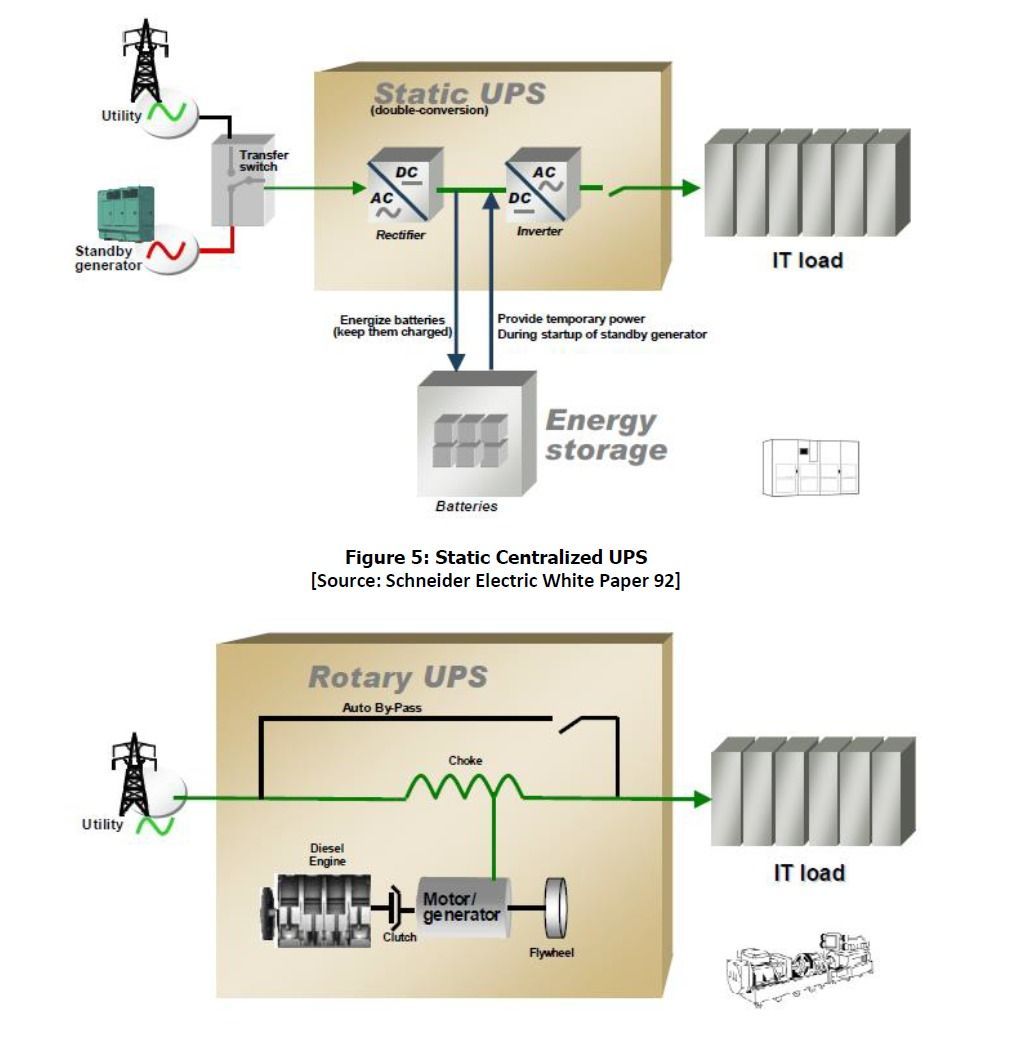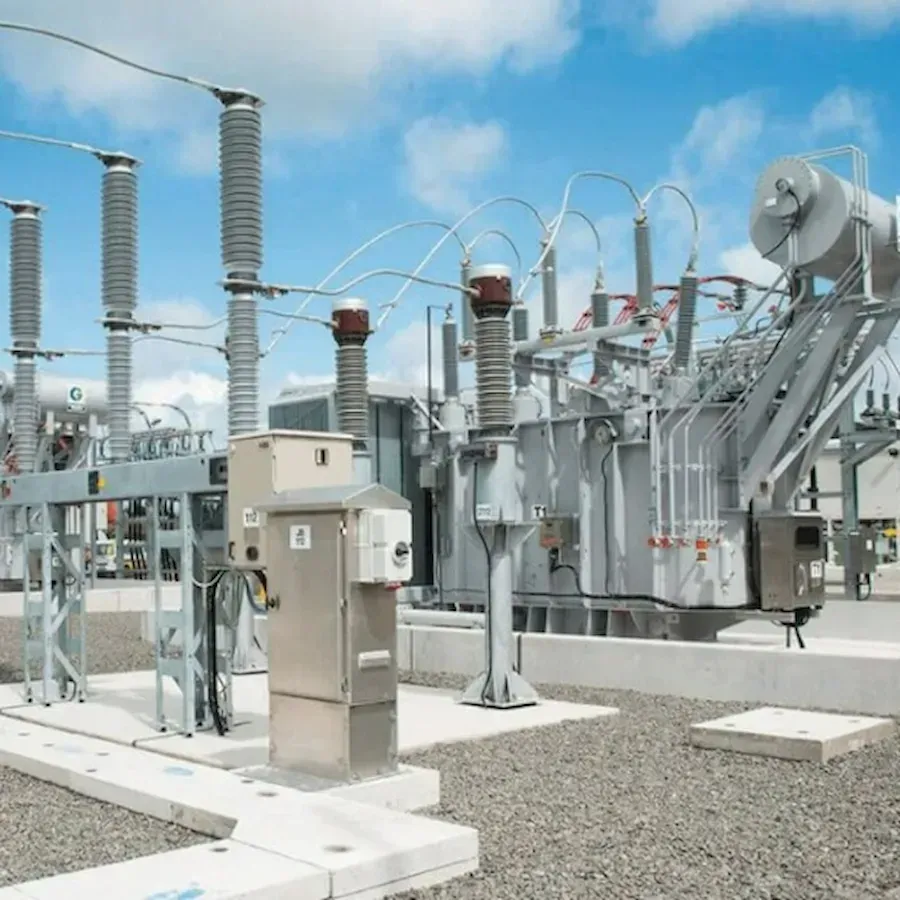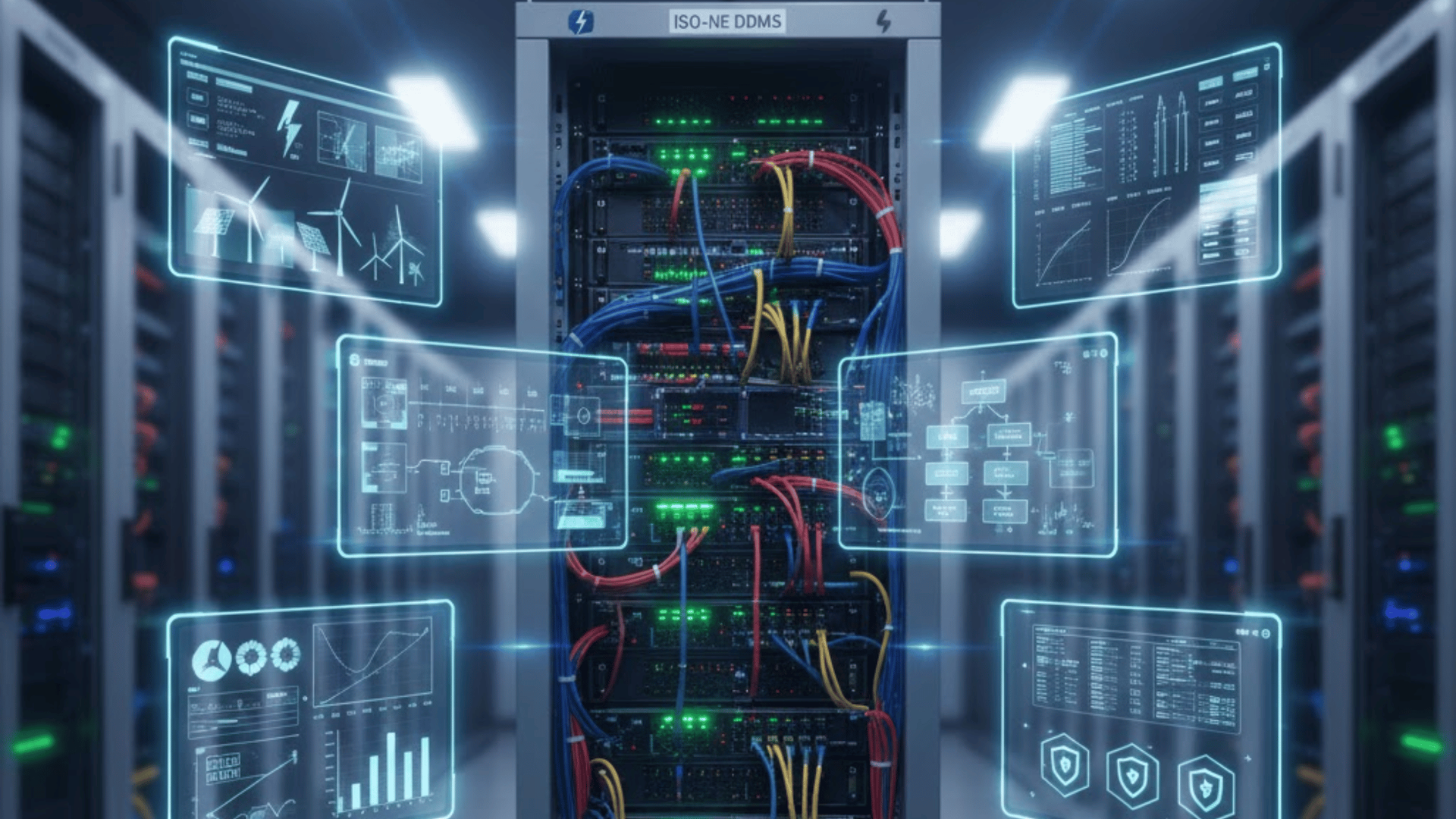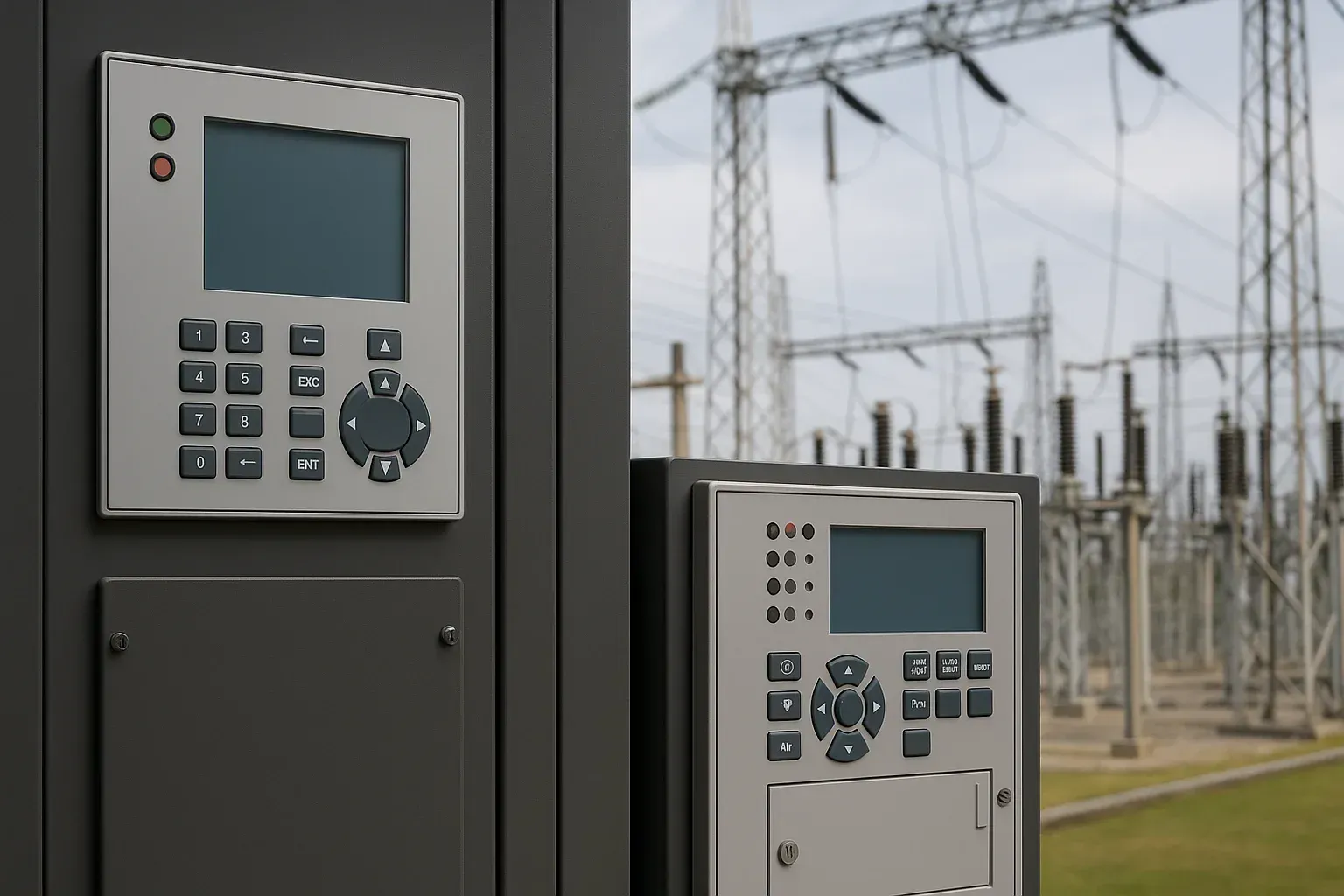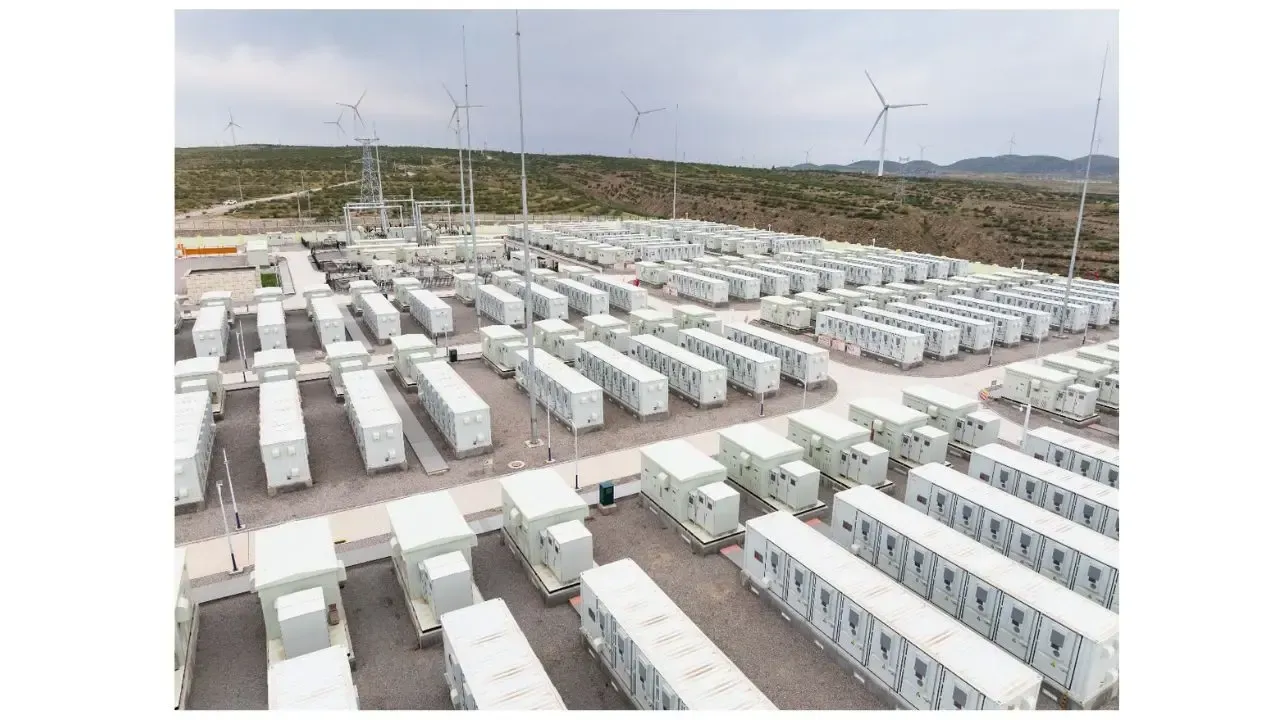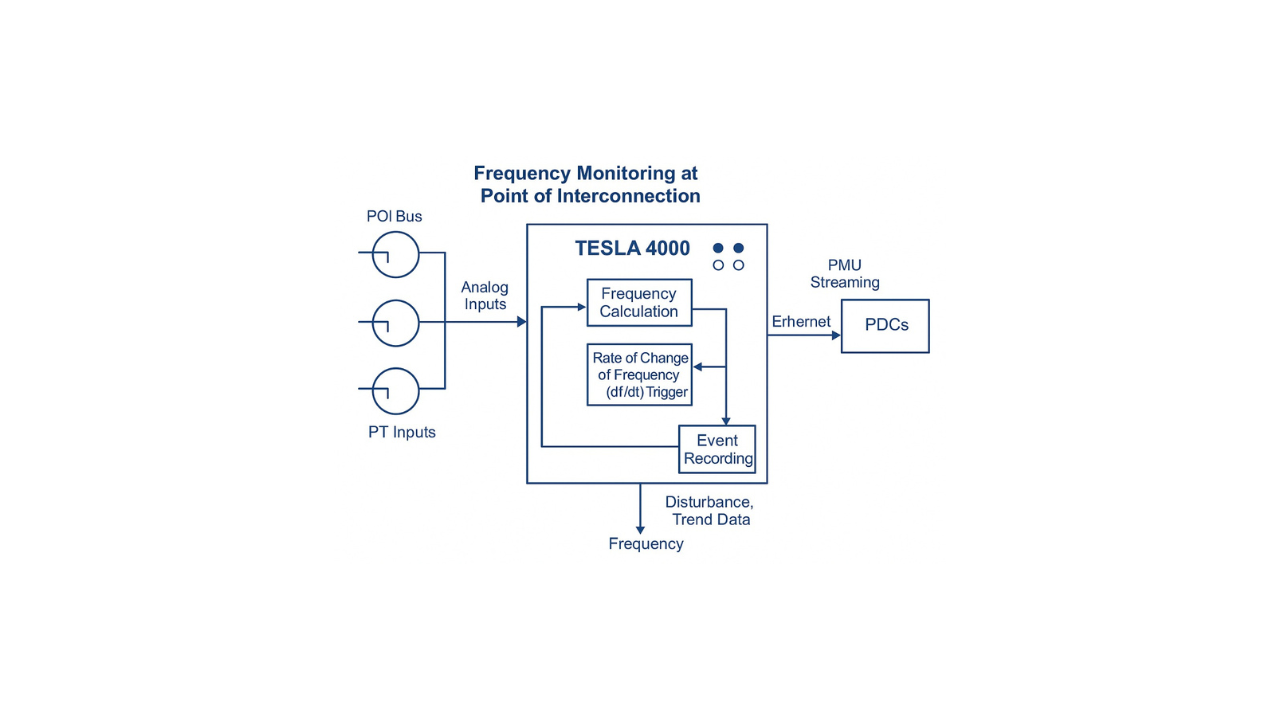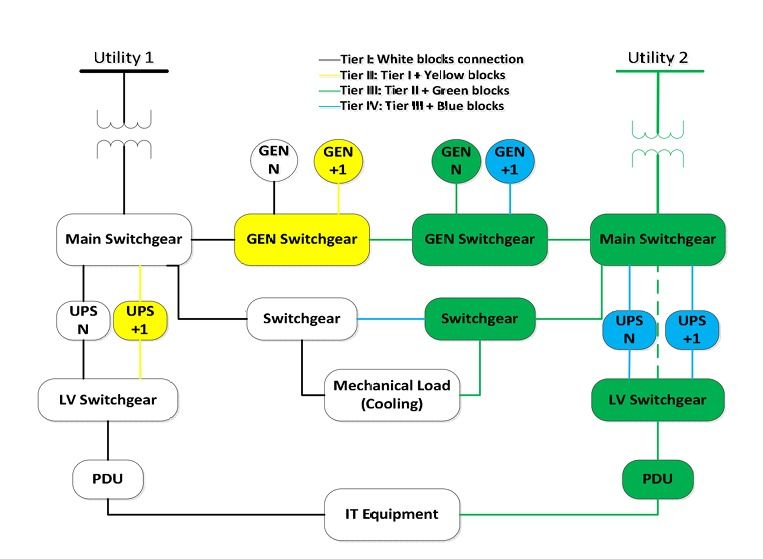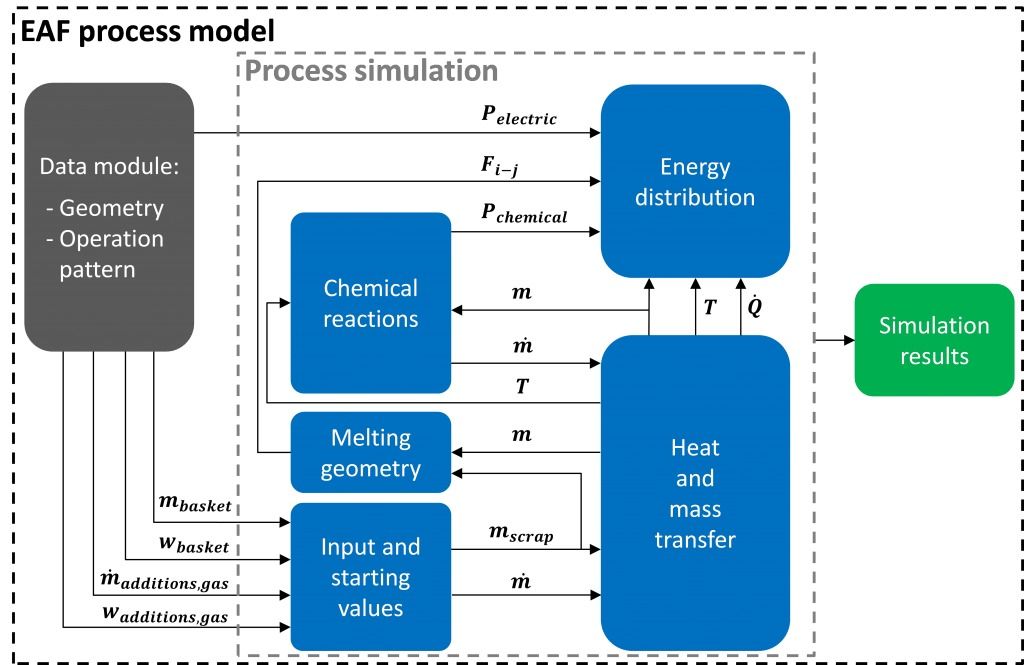A Coordinated Electric System Interconnection Review—the utility’s deep-dive on technical and cost impacts of your project.
Challenge: Frequent false tripping using conventional electromechanical relays
Solution: SEL-487E integration with multi-terminal differential protection and dynamic inrush restraint
Result: 90% reduction in false trips, saving over $250,000 in downtime
Understanding Simultaneous Voltage-Sensitive Load Reductions Amid Industrial Electrification, Data Center Expansion, and the Rise of Cryptocurrency Mining Facilities
October 19, 2025 | Blog
Introduction
The growing electrification of industries, expansion of data centers, and proliferation of cryptocurrency mining facilities have significantly changed the operational landscape of the Bulk Electric System (BES). The North American Electric Reliability Corporation (NERC) released an incident review in January 2025 detailing a large-scale event involving simultaneous voltage-sensitive load reductions. This event underscored an emerging reliability challenge: the tendency of voltage-sensitive large loads especially data centers—to disconnect during short-duration transmission disturbances.
This blog explores the incident, technical root causes, system implications, and forward-looking reliability strategies proposed by NERC. It also highlights the importance of dynamic modeling, interconnection requirements, and operational coordination for mitigating risks associated with these new types of load behaviors.
2. Summary of the Incident
On July 10, 2024, at approximately 7:00 p.m. Eastern, a 230 kV transmission line in the Eastern Interconnection experienced a lightning arrestor failure, leading to multiple automatic reclosing attempts. Within 82 seconds, six sequential faults occurred, with fault durations ranging from 42 to 66 milliseconds and voltage depressions between 0.25 to 0.40 per unit in the affected area.
The disturbance unexpectedly triggered the loss of approximately 1,500 MW of customer load, all of which originated from data center facilities. Importantly, these loads were not shed by utility protection systems, but rather by the customers’ own internal protection and control mechanisms.
Although frequency rose modestly to 60.047 Hz and voltage peaked at 1.07 per unit, the system remained stable. Operators responded by disconnecting shunt capacitor banks to normalize voltages. However, the incident revealed a critical reliability concern: the grid is now vulnerable to large, simultaneous load disconnections, not just generator outages.
- Under-Frequency (UF) or Over-Frequency (OF) conditions
- Rate-of-change of frequency (df/dt) events
- Islanding and instability phenomena
- Governor or inverter control malfunctions
By monitoring frequency in real-time, utilities can take proactive measures—such as load shedding, adjusting AGC setpoints, or analyzing event trends for predictive maintenance.
3. Understanding Voltage-Sensitive Load Behavior
3.1. The Rise of Data Center-Type Loads
Data centers represent one of the fastest-growing categories of electrical load on the BES. The 2024 NERC Long-Term Reliability Assessment forecasts continued exponential growth in these facilities, driven by AI computing, cloud storage, and industrial digitization.
Data center electrical designs prioritize continuity of service, deploying redundant UPS systems and on-site generators. Ironically, these very protections make them highly sensitive to short-term voltage dips, prompting rapid disconnection from the grid—even during minor transient events.
3.2. The Mechanism of Load Loss
Discussions with data center owners revealed that load transfers to backup power systems were initiated by voltage disturbances detected during the transmission faults. This transfer occurs automatically to protect equipment and maintain service reliability.
Three main Uninterruptible Power Supply (UPS) architectures were identified as critical to this response:
- Static Centralized UPS (2–5 MW units) – Uses power electronics and batteries to bridge short voltage dips until generators start.
- Decentralized UPS (3–4 kW rack-level units) – Provides smaller-scale, rapid-response protection per server rack.
- Dynamic/Diesel Rotary UPS (DRUPS) – Employs flywheels and diesel engines to supply uninterrupted power for longer durations.
While static systems typically reconnect quickly after a fault clears, DRUPS systems remain isolated until manually synchronized, causing sustained load reduction on the grid.
3.3. Response Dynamics and Load Characterization
As depicted in
Figures 8–10 of the NERC report:
- Static UPSs show a brief current drop that recovers within milliseconds after the voltage normalizes.
- DRUPS systems, by contrast, sustain load loss as they switch to generator mode. Manual reconnection often occurs hours later.
- Some facilities employ voltage disturbance counting schemes, where after three disturbances in a minute, the system locks out grid supply and shifts entirely to backup power—remaining offline until human intervention.
This multi-mechanism behavior explains why 1,260 MW of load dropped off the grid and did not return for several hours in the July 2024 event.
4. The Grid Impact: Frequency, Voltage, and System Respons
4.1. Frequency Excursions
The loss of 1,500 MW of load created an immediate generation-load imbalance. Frequency increased from 60.0 Hz to 60.047 Hz—a moderate deviation, but enough to warrant operator intervention.
Though the event did not breach NERC frequency thresholds, future events with larger or more concentrated load losses could cause frequency instability or generator trips due to overfrequency protection.
4.2. Voltage Dynamics
Voltage rose sharply to 1.07 per unit, as less current was drawn through transmission lines. Operators mitigated this by removing shunt capacitor banks, restoring levels to operational norms.
If unmitigated, high voltages could threaten equipment insulation and reactive power balance, illustrating why voltage management is as critical as frequency control during such disturbances.
4.3. Operational Lessons Learned
- Simultaneous load losses mimic large generator trips, but with different control dynamics.
- Automatic reclosing sequences can exacerbate voltage disturbances, inadvertently triggering sensitive load disconnections.
- Load reconnection ramp rates must be carefully coordinated to prevent overvoltage or undervoltage conditions when large loads return simultaneously.
- Monitoring and modeling of load sensitivity is no longer optional—it’s a reliability necessity.
5. The Interplay Between Reclosing and Data Center Control Schemes
The July 2024 incident highlights a crucial operational interaction:
The third reclosing attempt coincided with the third voltage depression, matching the “three-disturbance rule” in many data centers’ UPS logic. This synchronicity triggered mass transfer to backup systems.
Such unintentional interactions between transmission protection schemes and customer control logic introduce unpredictable reliability challenges.
Planners must now consider load-side control behaviors in designing reclosing logic and restoration strategies.
6. Broader Reliability Implications
6.1. The Shift from Generation-Driven to Load-Driven Disturbances
Historically, BES reliability planning focused on generation contingencies, under the assumption that loads behave passively. The 2024 event and similar incidents with cryptocurrency mining and oil/gas loads show that this assumption is outdated.
Modern loads, equipped with power electronics and autonomous controls, actively respond to system events, sometimes counterproductively.
6.2. Reconnection Challenges
Reconnecting 1,000+ MW of load presents as many challenges as disconnecting it. If these facilities reconnect simultaneously, it can lead to:
- Sudden reactive power drops
- Voltage instability
- Frequency swings due to abrupt demand rise
Therefore, operators must develop controlled reconnection strategies—with ramp-rate limits, sequencing, and coordination through Transmission Operators (TOPs) and Balancing Authorities (BAs).
6.3. Data Centers as a New Class of Reliability Risk
Given their concentration, voltage sensitivity, and autonomous behavior, data centers now represent a critical load category akin to generation resources in their system impact.
The question raised by NERC—Should large loads become NERC-registered entities?—is not merely administrative. It recognizes that large loads must demonstrate compliance and modeling transparency similar to generators.
7. Modeling and Study Requirements
7.1. Dynamic Load Modeling
NERC emphasizes that Transmission Planners (TPs) and Transmission Operators (TOPs) should require dynamic response models for large facilities. These models capture how UPSs, drives, and controls behave during disturbances—enabling planners to simulate impacts realistically.
Without accurate load models, stability studies risk underestimating transient effects or overlooking simultaneous load disconnections that can amplify disturbances.
7.2. Study Recommendations
The incident report recommends that planners perform studies to:
- Quantify magnitude and duration of potential load losses during faults.
- Evaluate system frequency and voltage response to those losses.
- Analyze how reclosing schemes interact with sensitive load control systems.
Such analyses should be integrated into system protection coordination, reliability assessments, and contingency simulations.
8. Operational and Policy Considerations
8.1. Reclosing Coordination
Operators should consider load sensitivity when configuring automatic reclosing sequences.
For example, staggered reclosing (82 seconds in this case) may inadvertently align with load protection time thresholds, amplifying disconnections.
8.2. Monitoring and Detection
TOPs should implement real-time monitoring to detect coincident load losses with system faults.
Advanced telemetry, synchronized phasor data (PMUs), and load aggregation analytics can provide early warning of cascading disconnections.
8.3. Reconnection Agreements
NERC advises that operating agreements with large loads explicitly define reconnection ramp rates and coordination protocols. Controlled restoration minimizes secondary disturbances and helps maintain balance between load and generation.
8.4. Collaborative Frameworks
The NERC Large Load Task Force (LLTF) is spearheading collaboration between Transmission Owners (TOs), Transmission Planners, TOPs, and large-load operators.
Their mission: develop reliability standards, registration frameworks, and interconnection protocols tailored to high-impact loads.
9. Key Questions Raised by NERC
The incident prompts four pivotal questions for the industry:
- Should large loads be registered under NERC compliance frameworks?
This would ensure accountability for modeling accuracy and operational coordination. - Should new Reliability Standards be developed?
Modifications could define interconnection requirements, performance expectations, and ride-through thresholds for voltage-sensitive loads. - What studies should TOPs perform to “consider” load behavior?
Clear study scopes are essential for consistent planning practices across regions. - What constitutes a “large load”?
A formal definition (perhaps >75 MW aggregated sensitivity) would guide policy enforcement and registration.
This long-term data is archived in the RecordBase Central Station (RBCS), ensuring secure and centralized access for multiple stakeholders.
10. Path Forward: Building a Resilient Grid
As the energy transition accelerates, the line between “generation” and “load” continues to blur. Power electronics, smart controls, and distributed architectures demand a holistic reliability philosophy—one that treats loads as dynamic participants in grid stability.
Key steps moving forward include:
- Mandatory dynamic load modeling for new large facilities.
- Data-sharing requirements between load owners and planners.
- Enhanced coordination of reclosing, voltage control, and reconnection protocols.
- Regulatory evolution to ensure reliability accountability extends beyond traditional generation entities.
The July 2024 incident serves as both a warning and an opportunity: to evolve planning and operational practices before large-scale load-driven instability becomes commonplace.
Frequently Asked Questions – NERC Study
1. What triggered the large load loss in the July 2024 incident?
A lightning arrestor failure on a 230 kV transmission line caused six automatic reclosing events, producing transient voltage depressions that led voltage-sensitive data centers to disconnect.
2. How much load was lost during the event?
Approximately 1,500 MW of data center load was lost, equivalent to a mid-sized city’s consumption.
3. Did the system experience frequency instability?
Frequency briefly rose to 60.047 Hz, then stabilized—no major instability occurred.
4. What kind of loads were affected?
Only data center-type loads—none of the load loss involved traditional industrial or residential customers.
5. Why are data centers considered voltage-sensitive?
They use UPS systems that automatically isolate loads during even short voltage sags to protect IT and cooling equipment.
6. What types of UPS systems were involved?
Static centralized, decentralized (rack-level), and dynamic rotary (DRUPS) UPS systems—all responding differently to faults.
7. Why did some loads remain offline for hours?
DRUPS and “disturbance counting” schemes require manual reconnection, delaying return to grid supply.
8. How does load disconnection affect grid stability?
It causes frequency and voltage rises, potentially stressing generation and transmission equipment.
9. How are automatic reclosing schemes related to this event?
The six reclosing attempts coincided with UPS control thresholds, unintentionally triggering load transfer.
10. Did this event cause customer outages?
No—customers’ equipment continued operating via backup systems; only grid-supplied load was lost.
11. What did operators do to stabilize the system?
They removed shunt capacitor banks to reduce voltages to within normal operating ranges.
12. What’s the biggest risk of simultaneous load loss?
Future large-scale events could exceed frequency or voltage tolerance limits, threatening system integrity.
13. What is NERC recommending for planners?
To require dynamic load response models and study potential large load losses during faults.
14. How should reconnection be managed?
Through controlled ramp rates and coordination between load owners and system operators.
15. Can automatic reclosing configurations be modified to help?
Yes—reclosing logic should account for load sensitivity to avoid triggering further disconnections.
16. What role does the NERC Large Load Task Force (LLTF) play?
It facilitates collaboration between utilities, planners, and large-load owners to manage reliability risks.
17. Are similar incidents happening elsewhere?
Yes—similar load-loss patterns have been reported in cryptocurrency mining and oil/gas facilities.
18. How do static and rotary UPS systems differ?
Static UPSs use batteries and reconnect quickly; DRUPS use flywheels/diesels and stay offline longer.
19. What new reliability questions has NERC raised?
Whether large loads should be registered entities and if new standards should define interconnection requirements.
20. What defines a “large load”?
NERC has not yet formalized a definition, but it likely applies to multi-megawatt, voltage-sensitive facilities.
21. Could large loads impact generator performance?
Yes—unexpected load drops can lead to overfrequency conditions and generator protection trips.
22. How do load reconnections affect voltage control?
Rapid reconnection causes sudden reactive power changes, risking voltage oscillations.
23. What technologies can help monitor load losses?
PMUs, SCADA analytics, and digital fault recorders can detect and quantify simultaneous load reductions.
24. How does this affect long-term planning?
Transmission planners must incorporate load dynamics into reliability and stability studies.
25. What’s the key takeaway for the industry?
Voltage-sensitive large loads—especially data centers—are now critical reliability factors requiring new planning, modeling, and coordination strategies.
11. Conclusion
The NERC 2025 Incident Review reveals a paradigm shift in grid reliability.
Where once planners worried about generation loss, today’s challenge is load loss triggered by voltage sensitivity. Data centers, crypto miners, and other electronic-intensive loads represent a new frontier of operational complexity.
Preventing instability in this environment demands accurate modeling, interconnection coordination, and policy innovation.
Transmission planners, operators, and regulators must recognize that large voltage-sensitive loads are now part of the critical reliability equation.
By implementing NERC’s recommendations, utilities can ensure the BES remains reliable, resilient, and secure in an era defined by both digital expansion and electric interdependence.

About the Author:
Sonny Patel P.E. EC
IEEE Senior Member
In 1995, Sandip (Sonny) R. Patel earned his Electrical Engineering degree from the University of Illinois, specializing in Electrical Engineering . But degrees don’t build legacies—action does. For three decades, he’s been shaping the future of engineering, not just as a licensed Professional Engineer across multiple states (Florida, California, New York, West Virginia, and Minnesota), but as a doer. A builder. A leader. Not just an engineer. A Licensed Electrical Contractor in Florida with an Unlimited EC license. Not just an executive. The founder and CEO of KEENTEL LLC—where expertise meets execution. Three decades. Multiple states. Endless impact.
Services

Let's Discuss Your Project
Let's book a call to discuss your electrical engineering project that we can help you with.

About the Author:
Sonny Patel P.E. EC
IEEE Senior Member
In 1995, Sandip (Sonny) R. Patel earned his Electrical Engineering degree from the University of Illinois, specializing in Electrical Engineering . But degrees don’t build legacies—action does. For three decades, he’s been shaping the future of engineering, not just as a licensed Professional Engineer across multiple states (Florida, California, New York, West Virginia, and Minnesota), but as a doer. A builder. A leader. Not just an engineer. A Licensed Electrical Contractor in Florida with an Unlimited EC license. Not just an executive. The founder and CEO of KEENTEL LLC—where expertise meets execution. Three decades. Multiple states. Endless impact.
Leave a Comment
We will get back to you as soon as possible.
Please try again later.
Related Posts


